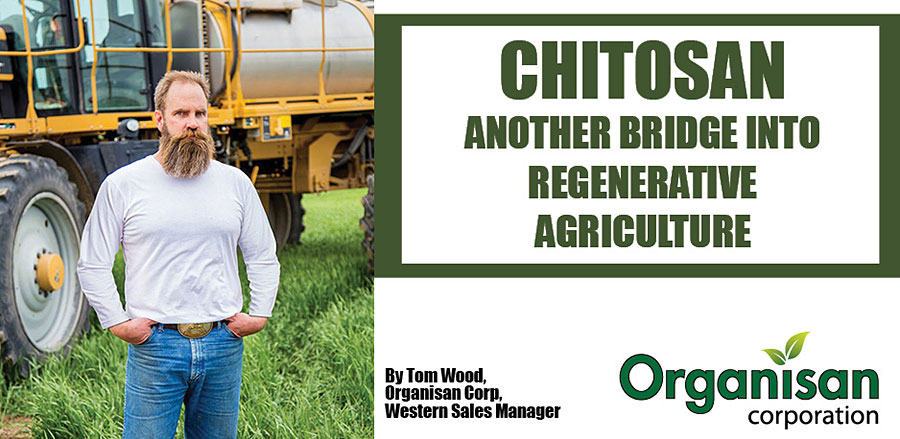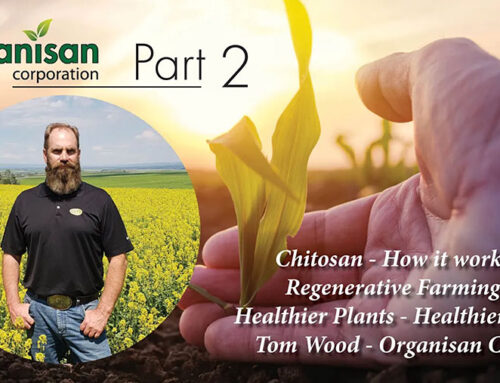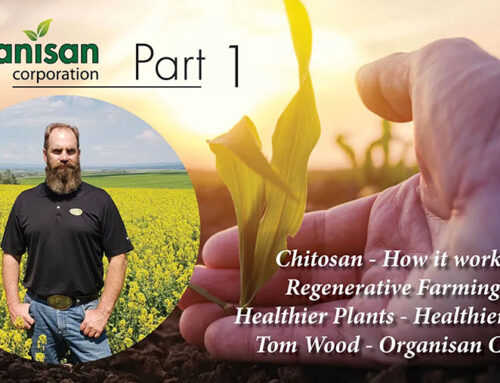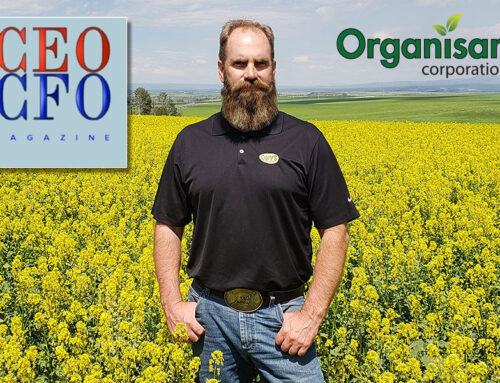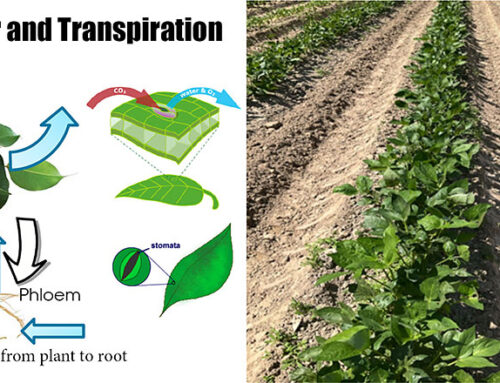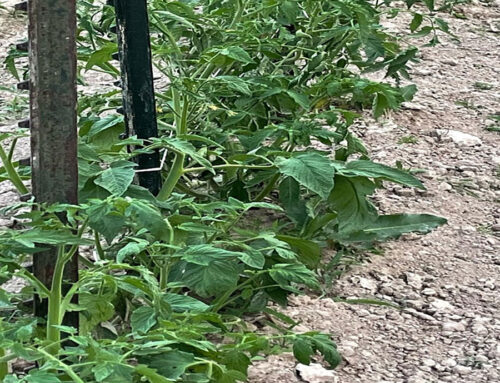I come from a background of using and applying very hard chemistry. My father bought his first of several crop duster planes in 1984, and my brother Matt is still an ag pilot. Matt and I also operated a custom farming operation specializing in chemical applications for potato farmers. I have applied the nastiest of the “cides” and soil fumigants and witnessed first-hand what happens to the soil and farm profitability when we try to force mother nature to succumb to our will.
By fluke chance, I was introduced to the idea of biological farming in 2011, and it just clicked in my brain. We started slowly moving toward more biological and regenerative practices on our own farm, and we saw some results by the third year that were out of the ordinary. There was an anomalous weather pattern in southern Idaho in 2014; it rained so much we actually felt like true “I” staters for once and put a new word in every cereal grain producer’s vocabulary, Vomitoxin. One of my out-of-the-ordinary experiences happened that year, and we were almost completely unaffected by the infection. My research that winter of the fusariums responsible for vomitoxin led me to some white papers involving a compound called chitosan.
How it works: Chitin is one of nature’s building blocks, featuring prominently in the structures of a wide variety of organisms. Chitin, and far more importantly its derivative chitosan, offers tremendous benefits to agricultural professionals. If you look at the molecular structure of chitin, chitosan, and cellulose, they’re very closely related; it’s the same six-sided carbon-based molecule that much of nature is built upon. However, small differences can cause vastly different outcomes. By converting chitin to chitosan ahead of time we gain a much more predictable and effective outcome. The next step in targeting the outcome is controlling the physical properties of the chitosan, and this control, along with the use of several other natural compounds, is what sets Organisan products apart in the marketplace, both as adjuvants and actives.
Chitosan has shown itself to be a very powerful fungicide but is unique in that it’s selective. It works against pathogens while at the same time becoming a food source for the beneficial microbes. It is a powerful trigger for the SAR/SIR response in plants and has shown to be effective in reducing transpiration rates and increasing frost tolerance.
It’s very effective in reducing root feeding nematode numbers, especially cyst type nematodes. Initial testing has shown a great benefit to the rhizophagy cycle, and MicroBiometer field testing has proven time and time again an improvement in soil biology.
It can be difficult for farmers transitioning into a regenerative, biological, or organic system because the change can be a shock, both to the producer and the soil environment. We fill a niche there and we often view ourselves as a bridge product to help producers stop fighting against nature and start working with nature. We generally find though, that once producers realize the ROI and side benefits from using Organisan products they continue to use them.
By Tom Wood, Organisan Corp, Western Sales Manager

